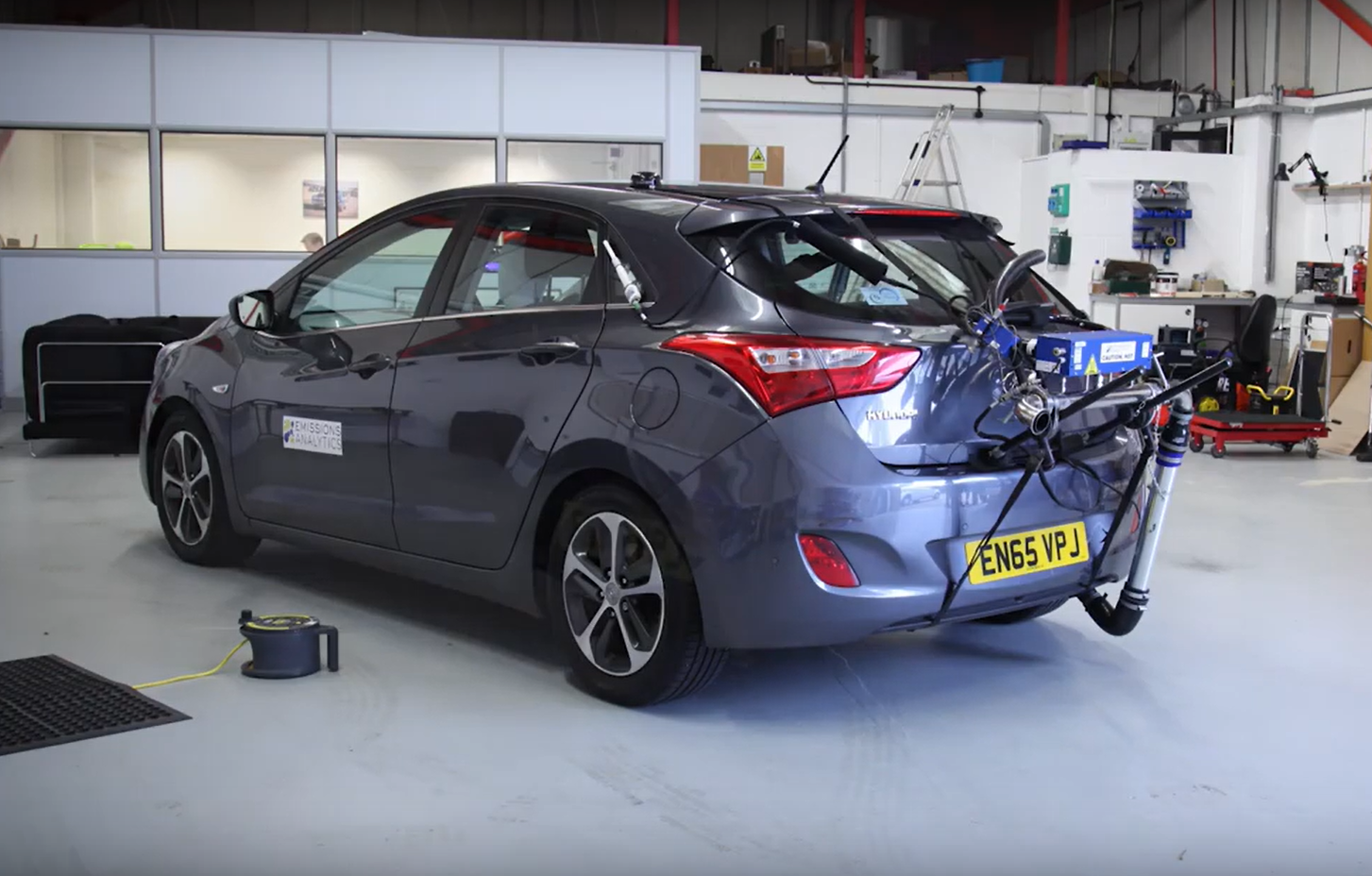
No justification for ‘licence to pollute’ tolerance margin
Testing of air pollution from cars in real-driving conditions is continuing to improve, according to the EU’s research institute. The gap between NOx emissions recorded in lab tests and on-road tests is, at most, 32% in the worst cases, it found. T&E said it sends a strong message to the European Commission to keep its promise and finally remove the ‘licence to pollute’ given to carmakers in the middle of the Dieselgate scandal.
Interested in this kind of news?
Receive them directly in your inbox. Delivered once a week.
Since 2017, vehicles have been tested in laboratory conditions under a procedure called the Worldwide Light Vehicle Test (WLTP), which replaced the old NEDC test that gave readings far removed from vehicles’ on-road emissions. But doubts still remained about the WLTP’s ability to accurately read air pollutant emissions such as NOx, and a new Real Driving Emissions (RDE) test was introduced. The new study by the EU’s Joint Research Centre looks at improvements in RDE measuring technology.
Not only has the measurement equipment become more accurate since 2015, as the research confirms, but T&E’s analysis of carmaker data shows that last year, 87% of cars already met the limits without the previously agreed flexibilities. It said regulation should reward those that use the best emission control and measurement technology, not the laggards.
In 2016, the Commission said that, because equipment used to measure NOx and other polluting emissions in real-driving conditions was ‘inaccurate’, cars could have a small tolerance margin in tests. However, EU governments pushed through a 110% tolerance margin for new types of cars until the end of 2019, and a 50% tolerance margin for all cars thereafter. This margin has since been tweaked down to 43%, but it still means cars could pollute significantly more than the legal limit without being in breach of the law.
This ‘licence to pollute’ has since been ruled illegal by the General Court of the EU as the Commission did not have the right to change the limits without proposing a review to MEPs and ministers. But it is still in operation.
Environmental NGOs say improvements in the measurement technology mean the tolerance margin can no longer be justified. T&E’s air quality manager Jens Müller said: ‘The new study confirms that portable testing equipment is improving. This new evidence comes late but not too late to influence the new standards currently going through the EU’s legislative process. The study clearly shows RDE tests are getting ever more accurate, and European lawmakers must now put an end to ‘conformity factors’ that relax pollution limits and put our lungs and hearts at risk.’
The publication of the study comes as new tests in Belgium show that soot filters on one in every eight Euro 5 diesel cars do not work. The study also shows this failure is not picked up by national testing. The Flemish Automobile Association (VAB) did the research, and is calling on the national authorities to improve its test procedures to spot which cars are slipping through the net.
Meanwhile, at a meeting in Brussels this month, EU environment ministers said more must be done to enforce EU air pollution limits. Yet they agreed on very little action, and a Dutch-Austrian proposal for EU limits to be strengthened – so they would be in line with World Health Organisation guidelines – was defeated.
T&E’s clean vehicles officer Yoann Le Petit said: ‘By now governments should be telling us how they will meet air quality standards. They need to make tangible commitments, including short-term improvements in air quality monitoring and clean air plans such as introducing low and zero-emission zones.’
